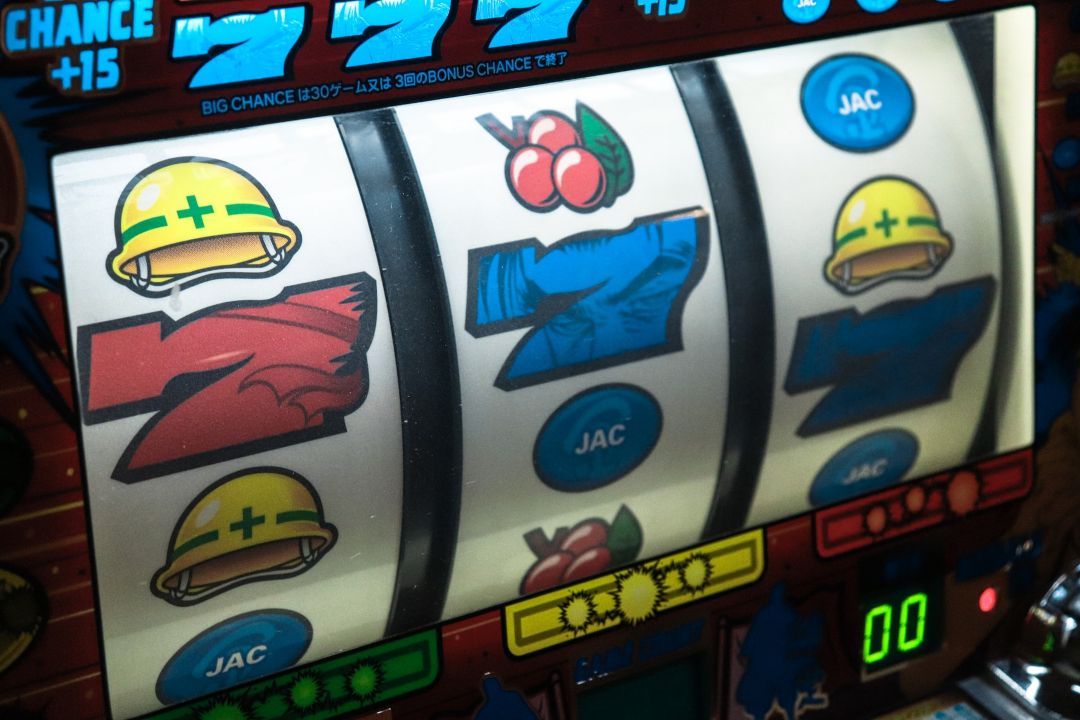Unlock The Payout Secrets of Casino Slots
Table of Contents
How Casino Slots Calculate Payouts
When a player hits a winning combination on a casino slot machine, the payout is calculated based on the combination’s payout table and the size of the player’s bet. The payout is then credited to the player’s account balance, which they can then use to continue playing or withdraw as they see fit.
The payout percentage is the percentage of real money casino slot bets that are paid out as winnings. This percentage is determined by the game manufacturer and is usually set in the range of 85% to 98%. For example, if specific casino slots have a payout percentage of 95%, they will pay out 95% of the money that is wagered on them in the form of winnings, while the remaining 5% is retained by the casino as profit.
It’s important to note that the payout percentage is a theoretical estimate and is not a guarantee of how much you will win. In fact, you could lose all of your money gambling online in South Africa on a slot machine with a high payout percentage if you are unlucky. Slot machines are games of chance, and the outcome of each spin is completely random!
Understanding Casino Slots RTP Values
First, let’s define exactly what RTP is. As mentioned, it is a percentage that represents the amount of money that is returned to players over the long term with real money casino slots.
For example, if a slot game has an RTP of 95%, it means that for every R100 wagered, players can expect to receive R95 back in winnings. This is not to be confused with the payout percentage, which is the amount of money that is paid out in winnings as a proportion of the total money wagered.
It’s important to note that RTP is a theoretical value and does not reflect the actual results of any individual game on casino slot machines. It is calculated based on the probability of winning combinations occurring and the payouts for those combinations. It is intended to give players an idea of their chances of winning and the potential returns they can expect.
The Relationship Between RTP and Payout Percentages
RTP is a measure of the percentage of the money wagered on casino slots that is paid back to players over time. The payout percentage, on the other hand, is the percentage of the total amount of money paid out by the slot machine that represents winnings.
In general, the higher the RTP of casino slot machines, the higher the payout percentage will be. This is because a higher RTP indicates that the slot machine is designed to pay out a higher percentage of the money wagered on it over time.
It’s important to note that RTP and payout percentage are not the same thing, and they are not directly related. RTP is a long-term average that is calculated over the lifetime of a slot machine, while payout percentage is a measure of the total amount of money paid out by the slot machine in a given period of time, such as a day or a month.
In Conclusion
In summary, this article discusses the relationship between RTP and payout percentages in slot machines. It explains that RTP is a measure of the percentage of the money wagered on a slot machine that is paid back to players over time, while payout percentage is the percentage of the total amount of money paid out by the slot machine that represents winnings. Take your knowledge and put it to the test at our online gambling South African casino.



